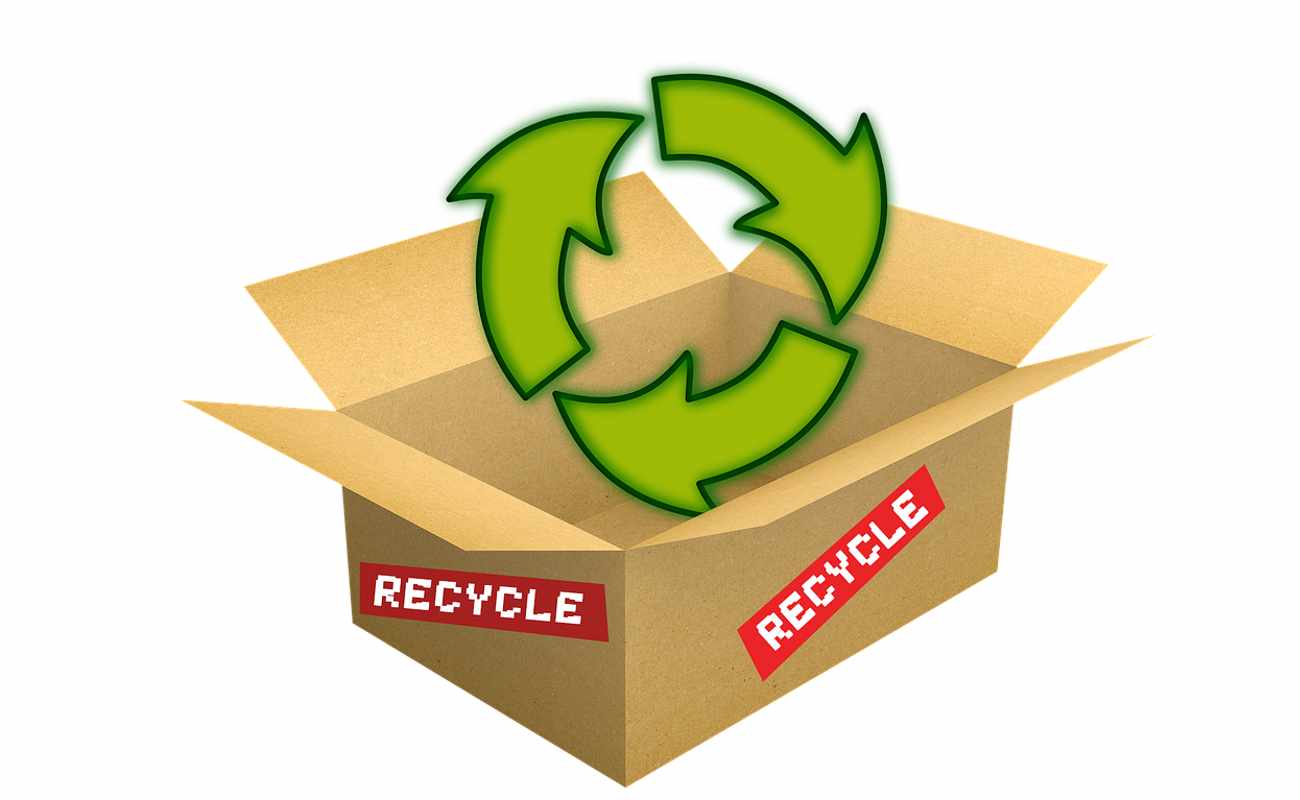9 trends on recycled-content packaging; what we need to focus in our packaging solutions
Recycled-content packaging has been gaining popularity in recent years as consumers and companies alike are becoming more conscious of their environmental impact. This type of packaging is made from materials that have been previously used, such as paper, plastic, and glass, which are then processed and repurposed for new packaging. Here are 9 trends in recycled-content packaging that are driving the industry forward.
Increase in Recyclable Materials
One of the most significant trends in recycled-content packaging is the increase in the use of recyclable materials. Companies are looking for ways to reduce their environmental impact by using materials that can be easily recycled, such as paper, plastic, and glass. This not only reduces waste but also helps to conserve natural resources.
Use of Bioplastics
Bioplastics are made from renewable materials such as corn starch, sugarcane, or cellulose. These materials are biodegradable and can be easily recycled, making them a popular choice for recycled-content packaging. Bioplastics are being used in a variety of packaging applications, including food packaging, cosmetics, and personal care products.
Reduced Packaging
Another trend in recycled-content packaging is the use of reduced packaging. Companies are looking for ways to reduce the amount of material used in packaging in order to reduce waste and conserve resources. This can include using smaller packaging sizes, eliminating unnecessary packaging materials, and using lighter-weight materials.
Sustainable Design
Sustainable design is becoming increasingly important in recycled-content packaging. Companies are looking for ways to design packaging that is not only environmentally friendly but also aesthetically pleasing. This includes using natural colors and materials, incorporating eco-friendly graphics, and using sustainable printing methods.
Digital Printing
Digital printing is becoming increasingly popular in recycled-content packaging. This technology allows for faster and more efficient printing, reducing the amount of waste generated during the printing process. Digital printing also allows for greater flexibility in design, making it easy to incorporate sustainable design elements into packaging.
Reusable Packaging
Reusable packaging is another trend in recycled-content packaging. This type of packaging is designed to be used multiple times, reducing the amount of waste generated. Reusable packaging is being used in a variety of applications, including food and beverage packaging, personal care products, and electronics.
Compostable Packaging
Compostable packaging is made from materials that can be broken down by microorganisms, making it an environmentally friendly alternative to traditional packaging. This type of packaging is being used in a variety of applications, including food packaging, cosmetics, and personal care products.
Post-Consumer Recycled Content
Post-consumer recycled content is becoming increasingly popular in recycled-content packaging. This type of packaging is made from materials that have been previously used by consumers and then repurposed for new packaging. This not only reduces waste but also helps to conserve resources.
Circular Economy
The circular economy is becoming increasingly important in recycled-content packaging. This concept focuses on keeping resources in use for as long as possible and minimizing waste. Companies are looking for ways to create closed-loop systems, where materials are used, recycled, and used again, reducing the need for new resources.
Recycled-content packaging is an important trend in the packaging industry as it helps to reduce waste and conserve resources. Companies are looking for ways to use more recyclable materials, reduce packaging, and incorporate sustainable design elements into packaging. These trends are helping to create a more environmentally friendly packaging industry.

